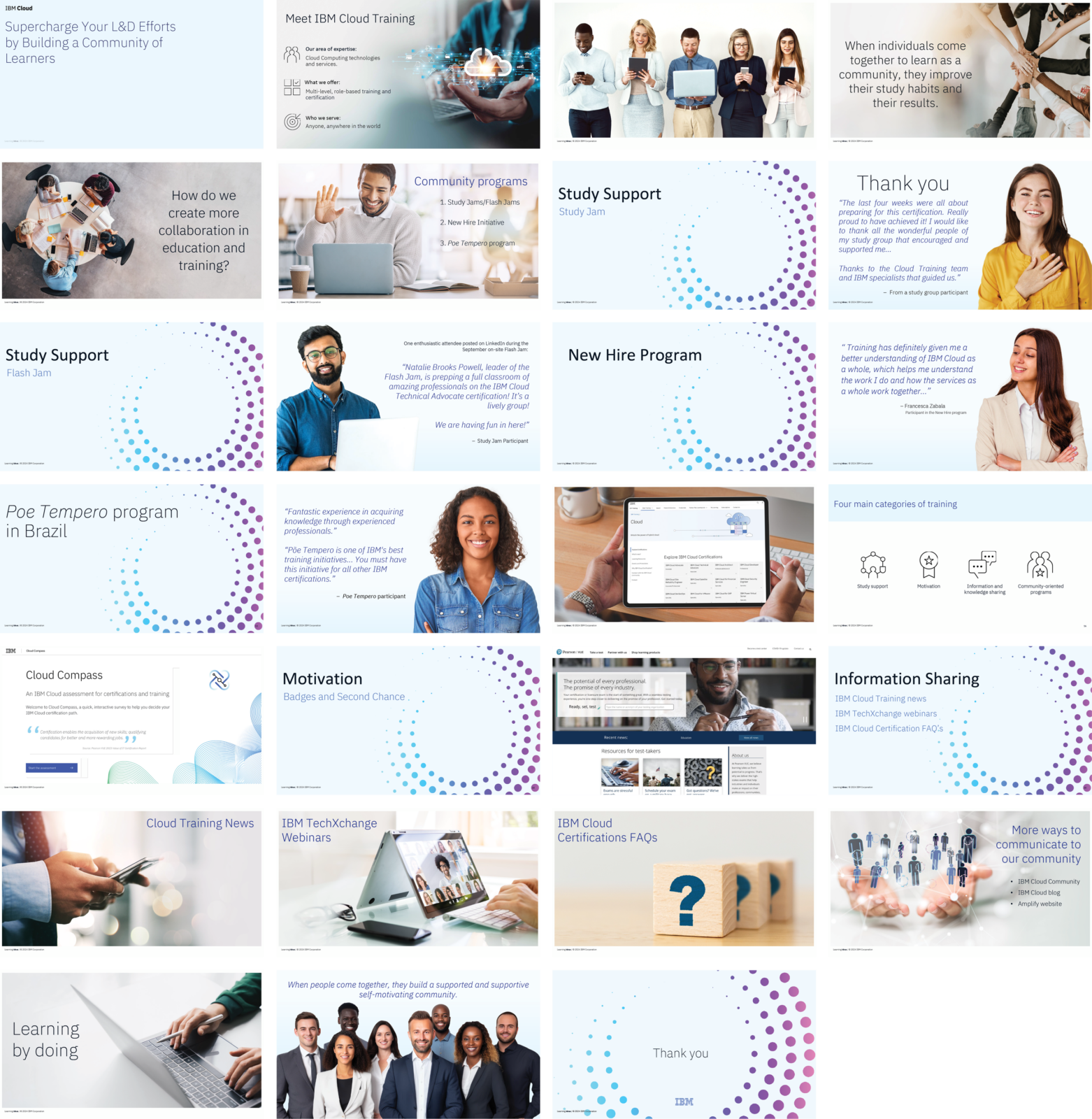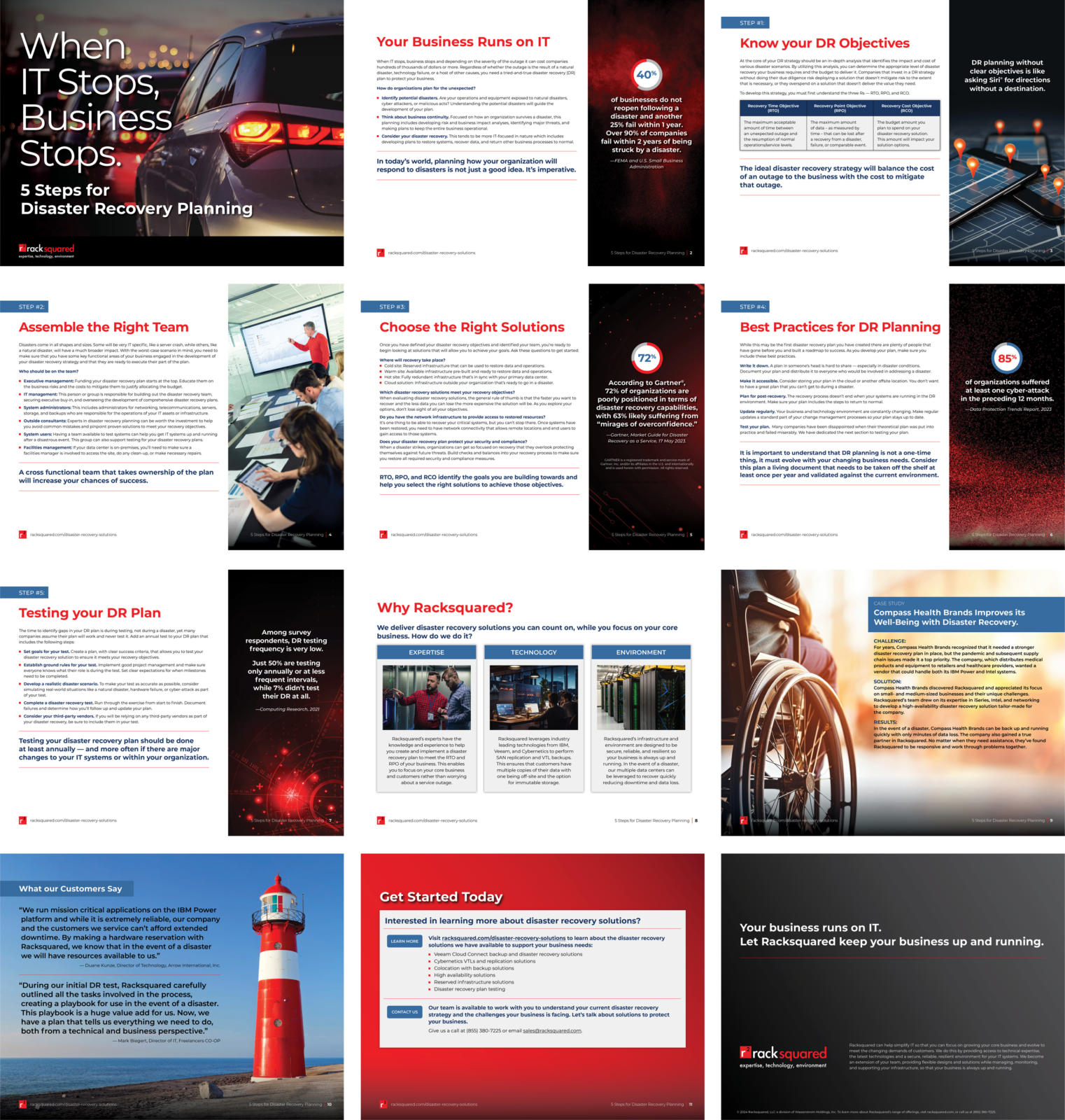How easily can website visitors download content?
An ongoing debate in the wonderful world of website content management is whether or not marketers should “gate” downloadable content.
How much information do you require from an interested visitor before allowing them to download a document on your website?
“I’m always a fan of gating content,” says Jeff Rose, DeLaune’s website and SEO specialist.
“If someone is interested enough in your products or services to download a brochure, they should be considered a sales lead and you should ask them for contact information.“
Teaser Text
How do you encourage a visitor to fill out a contact form? By using teaser text that describes the value of the gated content.
If you make the pre-gated content intriguing, describing the value the visitor gets from the downloadable content, it will motivate downloads.
Sales Cycle Funnel: Attract, Engage, Convert
Another consideration as to whether or not a particular document is gated on your website may depend on where on the sales cycle the document falls.
“If someone is just gathering initial information about a product or service,” says Rose, “you may decide not to gate the content to let them download the document without them supplying any further contact information.”
This initial phase, called “Attract” in some sales cycle descriptions, may include collateral such as general brochures, infographics or FAQs.
Next Step: Engage
In the “Engage” stage of the sales cycle, the prospect is becoming more interested in your products and services and might appreciate an email or call from a sales representative for more information.
“At the Engage step of the sales funnel, we recommend gating all content that’s downloadable,” says Rose.
Documents that would be gated at this point would be sales sheets, application briefs, more detailed infographics or white papers.
Converting Visitors to Customers
At the final stage, “Convert,” the customer is making the final decisions on purchasing.
Documents such as data sheets, solution briefs and detailed white papers would be appropriate to gate because the prospect is interested enough in the content to give up their valuable contact information.
Google Analytics to the Rescue
The analytics on your website visitor behavior can also help you decide which documents to gate or not gate.
“If you look at the Google Analytics on your website and see that a particular document is getting a lot of downloads but it isn’t gated, that’s a missed opportunity to get more information on those visitors to help turn them into leads,” says Rose.
And the opposite is true too: if a document is gated and no one is downloading it, you might consider taking the gate off if it’s valuable information you want a website visitor to have.
Worth the Risk of Bouncing
“One detraction for gating content is the possibility that website visitors will leave your website instead of downloading a document,” says Rose.
Google Analytics can help you determine how long visitors are spending on each page, what documents they are downloading, and which gated content they aren’t.
If 100 website visitors each month are downloading a document, but your sales team doesn’t have their contact information, you’ve lost those 100 lead gen opportunities. Will those 100 visitors choose to leave your site if you ask for their contact information before they can download a document?
“Think of it this way,” explains Rose, “If 90% of 100 visitors don’t fill out the contact form to download a document but 10% do, those 10 people are strong sales leads that your sales department can reach out to in order to turn them into customers.”
And to most marketers, that’s a risk worth taking.
Want to find out more about whether or not to gate content on your website? Contact us!




